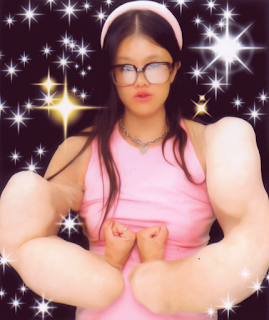It won't be a simple launch. This collaboration will be the first to see OpenSea’s homepage taken over completely by the FWB DCAO. The site will then feature the FWB DAO's list of Web3 artists on its front page. OpenSea's homepage featured works had never been curated before this collaboration. An ex-employee at OpenSea took advantage of homepage curatorial privileges in Web3's largest NFT marketplace to make insider trading one of the most prominent cases in the NFT space.
OpenSea's partnership with FWB goes beyond these front-page privileges. OpenSea has provided $100,000 to FWB's curatorial staff to support their mission to guide the future of Web3. According to the press release, these funds will be divided up among "artists from the traditional art world as well as the NFT space, helping to bring new creative works alive."
Given FWB's status of a DAO, which includes artists like Erykahbadu, Azealia bankss, and David Rudnick, the collaboration with OpenSea received 98% support from the community. The collection's decentralized curation is a good example of "how exhibitions are created and maintained in Web3".
The Flock will also launch FWB FEST, a Web3 conference and festival experience at Idyllwild Arts Academy, Idyllwild (California) from August 12 through August 14. The event's music festival will feature Pussyriot, Oneohtrix Point Never and Weyes Blood as the headline acts.


Comments
Post a Comment